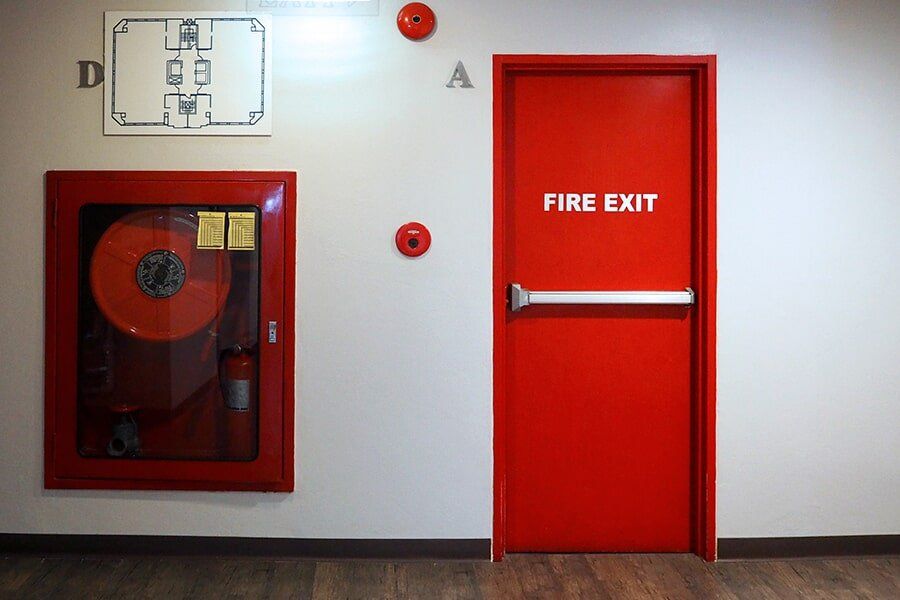Passive Fire Systems – Townsville
Passive Fire Protection (PFP) refers to the elements in your fire protection system that require no triggering and no human action.
Smoke detection and fire alarms are examples of devices that rely on being actively triggered. Fire blankets and fire extinguishers are fire suppression items that do nothing without human action. These elements are active, not passive.
Passive Fire Protection
Passive Fire Protection, on the other hand, is exemplified by fire-rated doors, fire walls, and intumescent fire dampers.
‘Intumescent’ describes a product that will expand under heat. This particular quality can be used to shut off spaces such that fire cannot pass through. Effective in isolating fire to stop or delay its spread, this is Passive Fire Protection.
Fire doors and fire walls also work to contain a fire and prevent its explosive progress. This type of Passive Fire Protection allows you to guard against fire reaching volatile products.
Fire-retardant materials and fire-retardant treatments can be used on surfaces, including furniture, to discourage flames spreading.
At East-West Fire Services, we can help you find an optimal balance of active and passive fire protection solutions for your assets.





